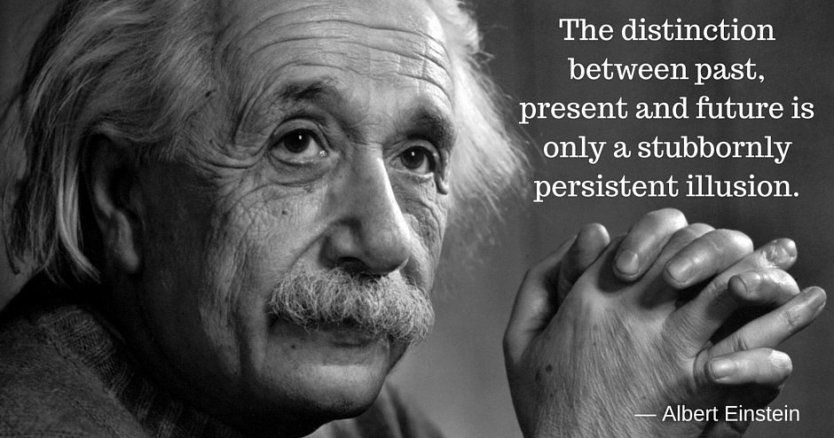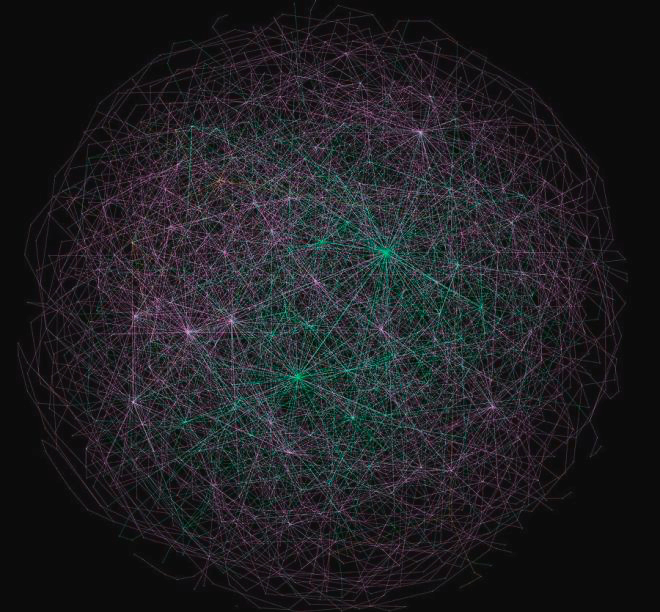10 Easy AI Side Hustles Students in India Can Start This Week (Using ChatGPT & Gemini)
Many students in India want to earn some extra money, but most online earning ideas look confusing, fake, or too time‑consuming. At the same time, AI tools like ChatGPT and Gemini are becoming very popular, yet most people only use them for chatting, homework help, or fun experiments. Best AI Side Hustles for Indian Students 1. AI content writing with ChatGPT You can use ChatGPT to help you write blog posts, articles, or social media captions for small clients or student groups. Explain the topic to the AI in simple English and ask it for ideas, outlines, or drafts, then rewrite the output in your own words before sending. Students can start by writing for friends’ blogs, college clubs, or local businesses, and slowly move to platforms like Fiverr or direct clients on Telegram / Instagram . Even if you charge a small amount per article in the beginning, it helps you build writing skills and a portfolio. 2. YouTube script writing using Gemini Many YouTube channel owners do not...






